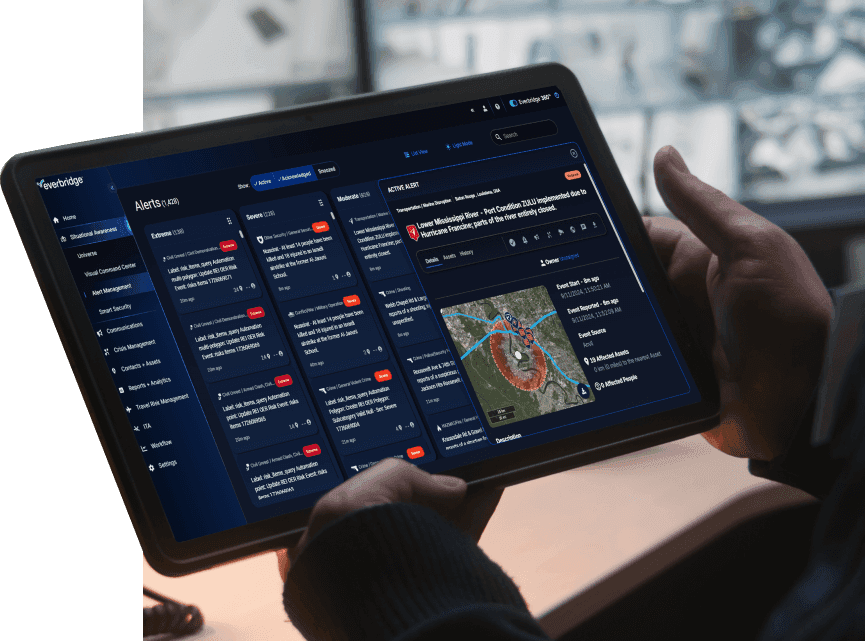Prepare for inclement weather
Know earlier, respond faster, and improve continuously to threats from inclement weather.
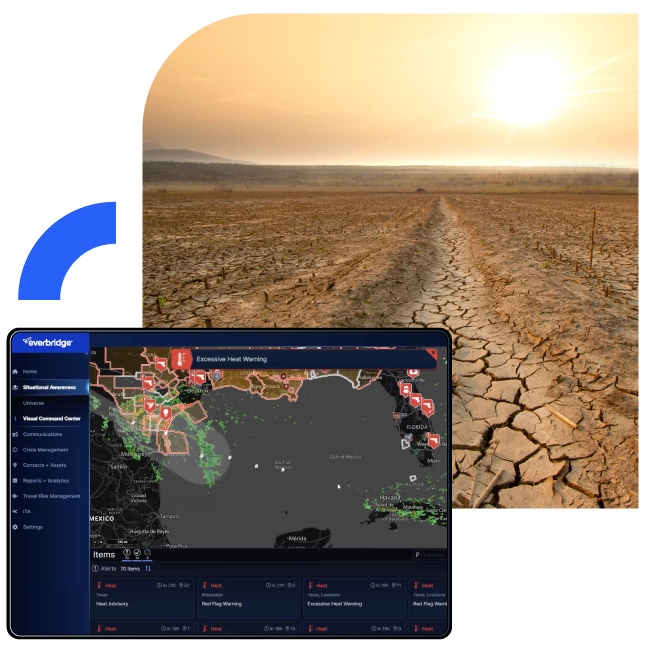
Protect your people and maintain operations during severe weather events
Severe weather preparedness has never been more important, as the frequency and intensity of weather events is ever increasing. Corporate leaders and public safety officials require effective and reliable solutions to mitigate risk and protect their people during these events.
Our High Velocity Critical Event Management™ platform, Everbridge 360, provides organizations with best-in-class solutions like Mass Notification and Public Safety that help corporate leaders and emergency managers solve the challenges that arise from inclement weather.
Split-second preparation
- Prioritizing actions in seconds
- Immediately understanding context about the event
- Quickly identifying impacted people and available resources
Instantaneous communication
- Relaying urgent warnings and evacuation orders instantly
- Leveraging all available communication channels
- Reaching residents and employees in the shortest time possible to enhance preparedness and response
Effective response
- Mobilizing available response teams and resources
- Ensuring teams reach affected areas promptly
- Mitigating hazards and providing aid
Prepare, communicate, and respond to a weather event with Everbridge Mass Notification and Public Safety solutions

Benefits
- Proactive management: harness real-time intelligence to make swift, informed decisions.
- Timely intelligence: access crucial data to anticipate and mitigate risks to personnel and assets.
- Automated communications: streamline messaging to prevent chaos and ensure safety with minimal disruption.
- Coordinated responses: integrate resources and implement recovery plans effectively through a centralized collaboration platform.
Features
- Rapid information dissemination: ensure critical information reaches the right individuals swiftly and reliably, enhancing situational awareness.
- Geo-targeted alerts: deliver precise notifications based on location, allowing for targeted responses and localized action.
- Multi-lingual support: communicate effectively with diverse audiences by providing alerts and updates in multiple languages.
- Two-way communication: facilitate interactive dialogue to gather feedback and adjust strategies in real-time.
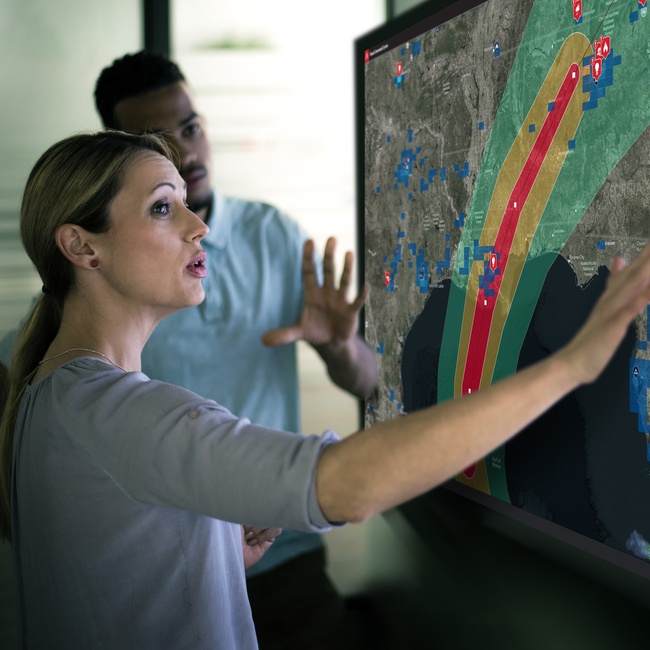
How it works
When teams operate from a centralized critical event management (CEM) platform, responses are rapid and coordinated.
Before an event, Everbridge alerts managers to a potential risk so they have time to assess, then identify and locate team members or assets in harm’s way.
From the same platform, managers can automate action plans and send communications, so teams have the information they need to act quickly.
Afterwards, analytics pinpoint how to improve processes during the next event.
Climate risk drives demand for smarter resilience tech
Everbridge Climate Program Lead Brendan Ng shares with the Climate Change Business Journal® how extreme weather is reshaping risk roles and accelerating adoption of high-velocity resilience solutions.


Solution
Everbridge empowers organizations to effectively navigate severe weather challenges with real-time intelligence, automated communications, and coordinated response capabilities. Our Mass Notification and Public Safety solutions, powered by Purpose-built AI, enhance preparedness and resilience by delivering urgent alerts and evacuation orders promptly to the right people, optimizing resource allocation, and protecting both individuals and assets. This strategic approach reduces disruptions and strengthens operational continuity, enabling businesses and public safety officials to maintain safety and security even during the most unpredictable weather events.
Navigating uncertain climates: Strengthening resilience against severe weather events
In the face of climate change, corporations and communities are grappling with the increasing unpredictability of weather patterns and associated severe weather events. Watch as this panel-led session will shed light on the challenges posed by climate variability, and provide insights into strategies for resilience and adaptation.


Outcome
Invest in a solution that can prepare you for severe weather and help you respond during any kind of critical event. Our customers experience the following results:
- Hyper-relevant intelligence provides ample time for preparation, often over 24 hours.
- Opt-in alerting greatly expands the reach of communications, in one case from 6% to 75%.
- Two-way communications enables organizations to send alerts and receive responses from employees in just seconds.
Burns & McDonnell use Everbridge to stay safe during inclement weather
Burns & McDonnell uses Everbridge to navigate critical events by providing impact zone visibility, enabling efficient communication, and ensuring safety during weather-related emergencies.
Industry solutions for inclement weather
Transportation
In the transportation industry, Everbridge improves resilience by delivering timely weather notifications and enhancing communication across networks. This ensures rapid response to disruptions, maintains passenger safety, and optimizes scheduling. With Everbridge, transportation operators can sustain critical services and minimize impacts of adverse weather conditions effectively.

Construction
Everbridge solutions support construction firms by offering advanced weather monitoring and instant communication channels. These tools allow for proactive project adjustments and asset protection, reducing weather-related delays. By integrating Everbridge, construction projects can achieve continuity, meet deadlines, and uphold safety standards in challenging conditions.

Energy
Everbridge bolsters the energy sector’s resilience by facilitating real-time weather data and communication among critical infrastructure teams. This enables swift adaptation to weather impacts, ensuring reliable energy distribution and grid stability. With Everbridge, energy providers can manage severe weather events, minimizing disruptions and maintaining service continuity.

Success stories

St. Louis leads by example in strengthening tornado resilience
St. Louis Emergency Management Agency increased its reach for emergency mass notifications from 17,000 contacts to roughly 224,000 with Everbridge.

Manufacturer notifies employees in seconds
Mass Notification enables this manufacturer to communicate with employees at risk during critical weather events and security threats.
“We use Everbridge Mass Notification to provide alerts about extreme weather events. We’re located in the mid-Atlantic region, so hurricanes are common, but we also use it for ice storms, snow, tornadoes…”
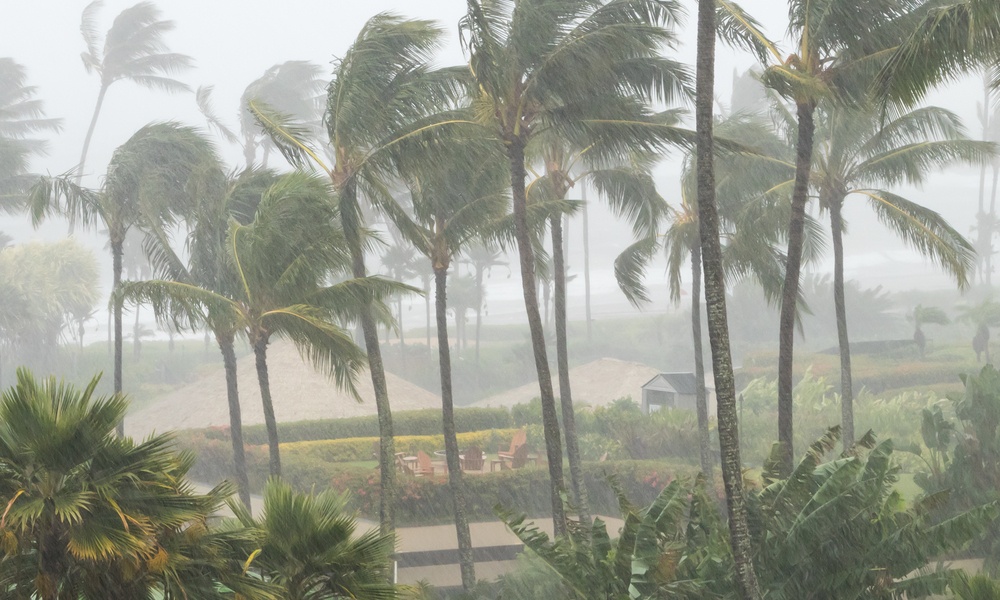
Brevard County reaches more people with targeted emergency alerts
Expanded contact data helps Brevard County, Florida to deliver fast-changing emergency information to more residents and visitors.
“…we were able to exponentially increase our reach to notify residents of evacuations and provide them with a telephone number to call for information or assistance.”
Private sector resources
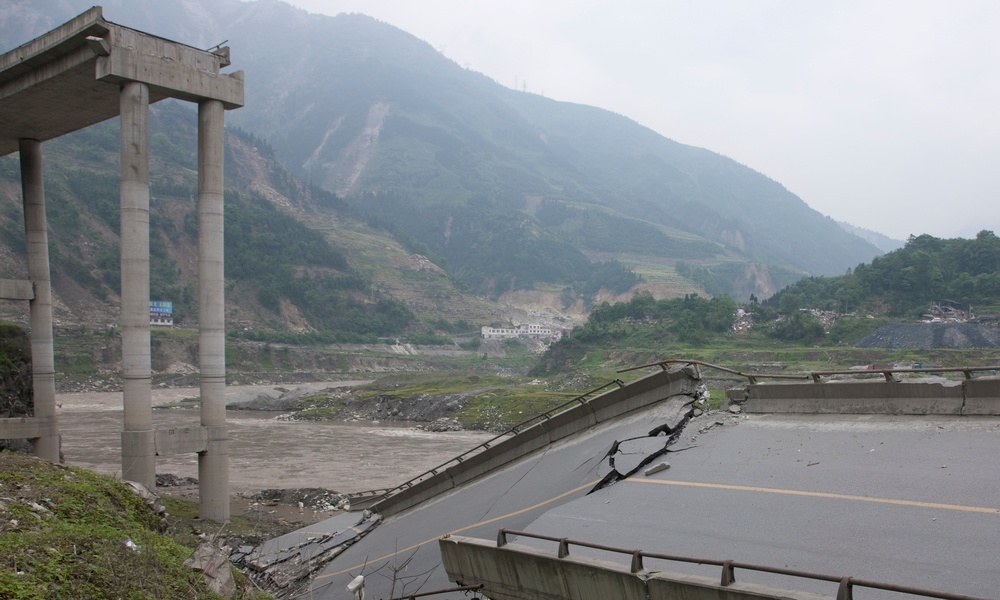
Earthquake preparedness checklist for businesses:
Proactive steps businesses can take to strengthen resilience against earthquakes.
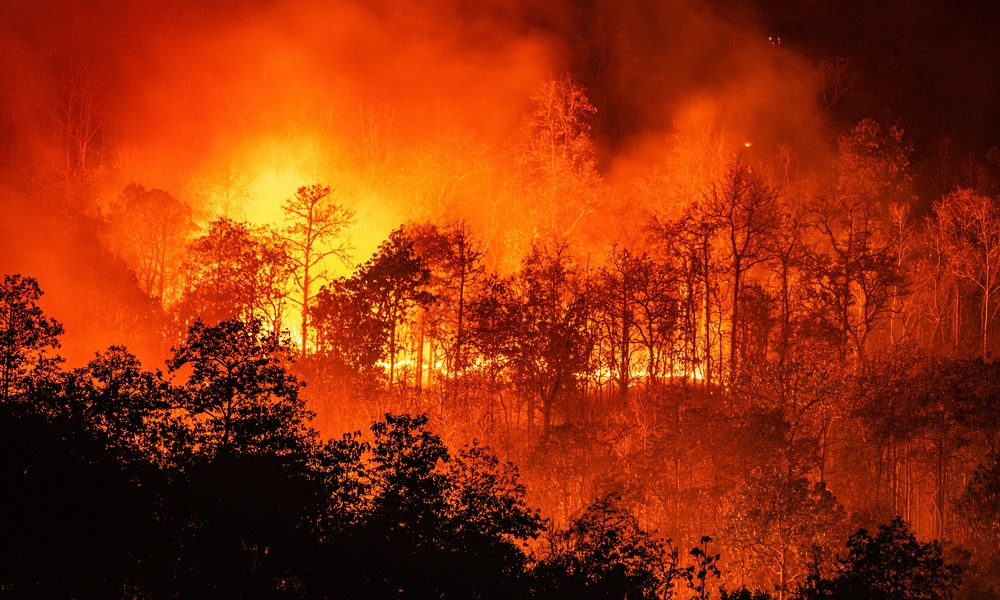
Wildfire preparedness checklist for businesses:
Proactive steps businesses can take to strengthen resilience against wildfires and bushfires.

Flooding preparedness checklist for businesses:
Proactive steps businesses can take to strengthen resilience against flooding.
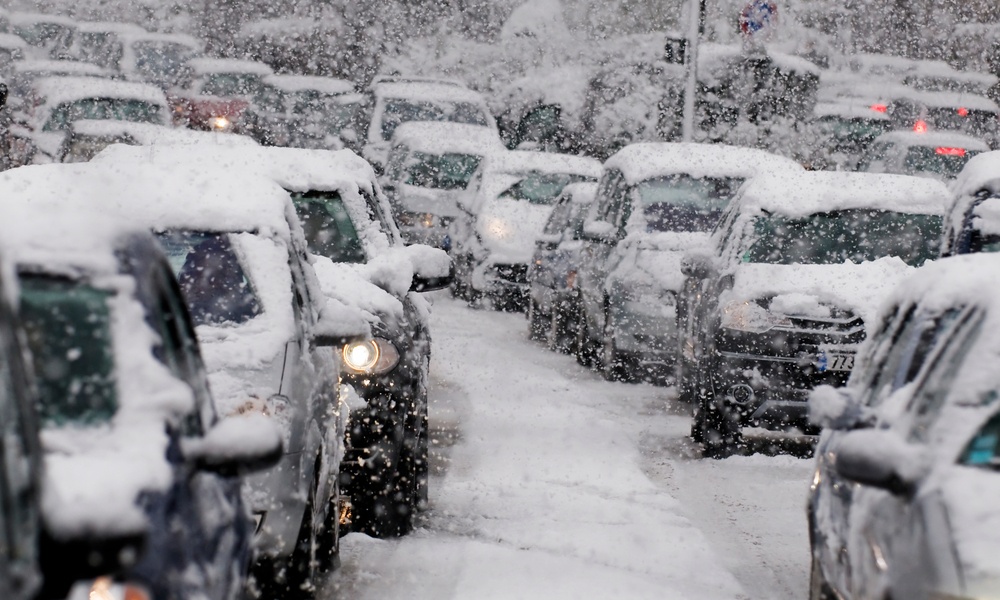
Winter storm preparedness checklist for businesses:
Proactive steps businesses can take to strengthen resilience against winter storms.
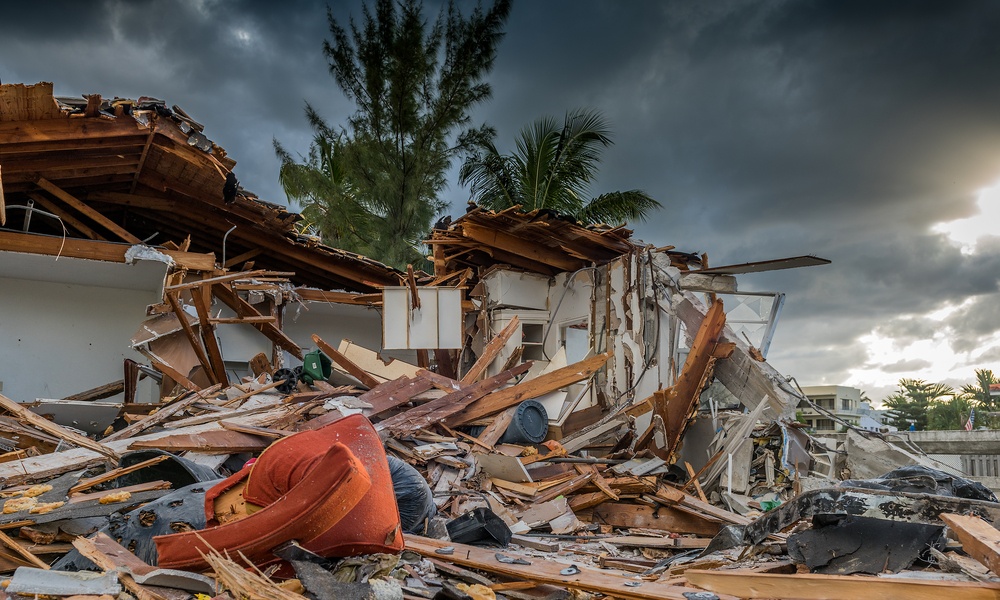
6 step hurricane preparedness checklist for businesses:
Proactive steps businesses can take to strengthen resilience against hurricanes.

Winter safety tips for employees in private and public sectors:
Valuable insights for private and public sectors and a comprehensive checklist to navigate challenges posed by severe winter weather.
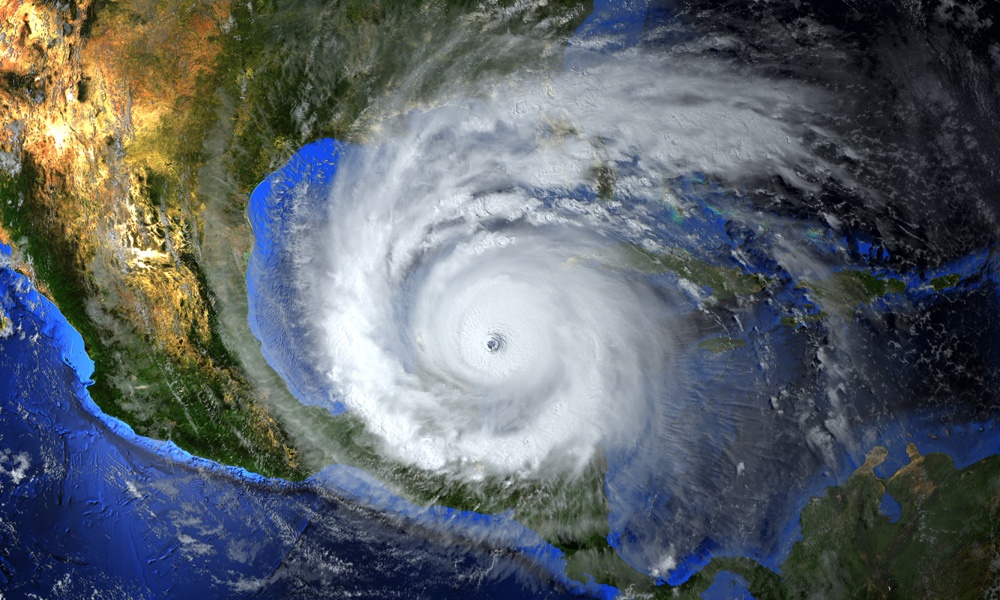
Eye on the horizon: Navigating the 2024 hurricane season risk landscape
Sean McDevitt, Director, CEM Business Solutions, reviews trends from the 2023 Hurricane season and discusses early preparedness strategies for the 2024 season.
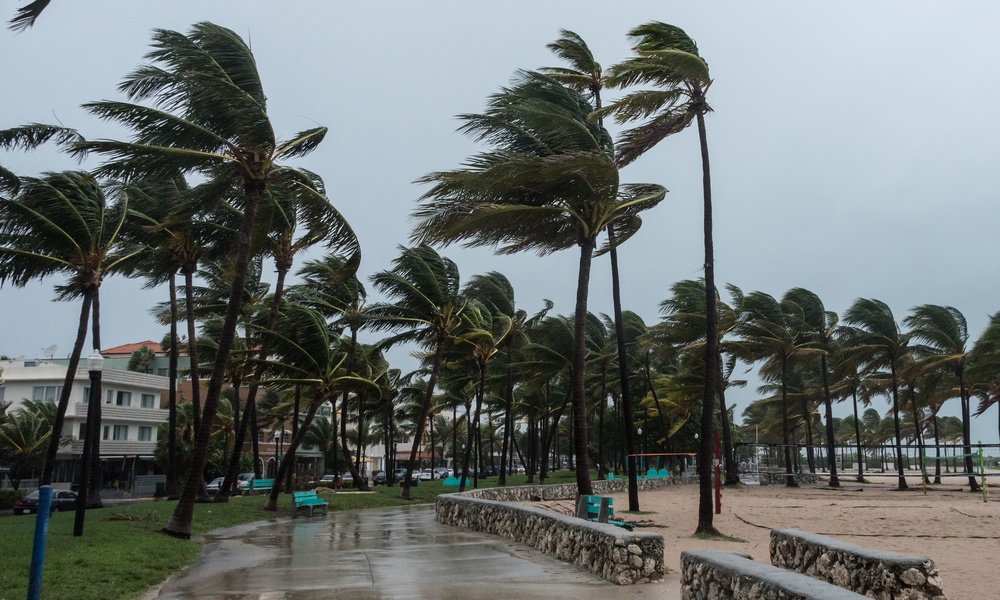
Critical event kit for business continuity: Hurricanes
The Everbridge hurricane critical event kit for organizational resilience equips you with the essential knowledge and tools to fortify your organization’s readiness and response strategies in the face of hurricanes.

Wildfires can, and do, happen anywhere
Download our Infinite Blue Alert to learn how organizations can ensure they’re prepared for wildfires–no matter where they occur.
Public sector resources
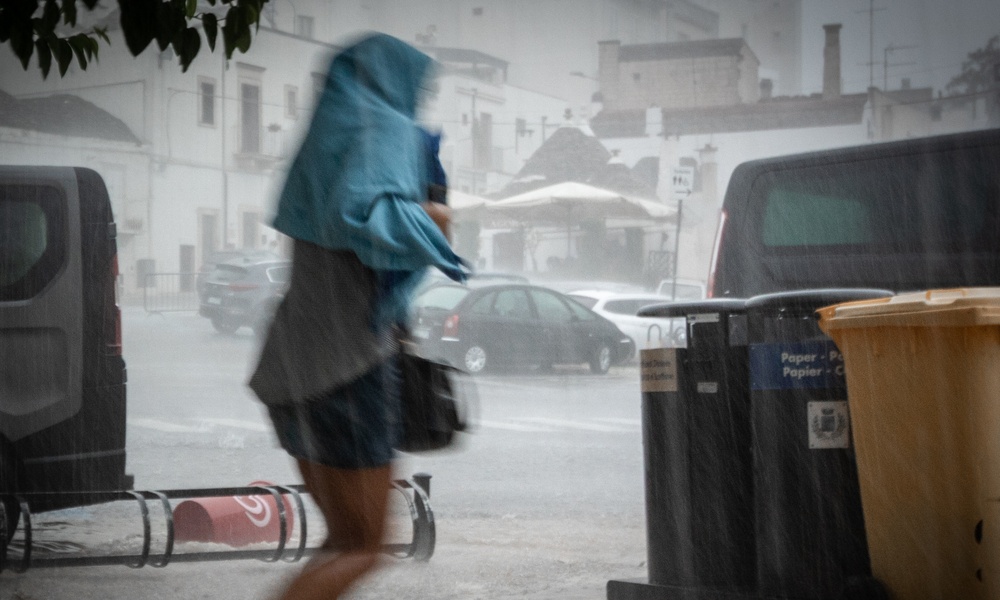
8 step hurricane preparedness checklist for public safety:
Proactive steps emergency managers can take to protect their communities during hurricanes.
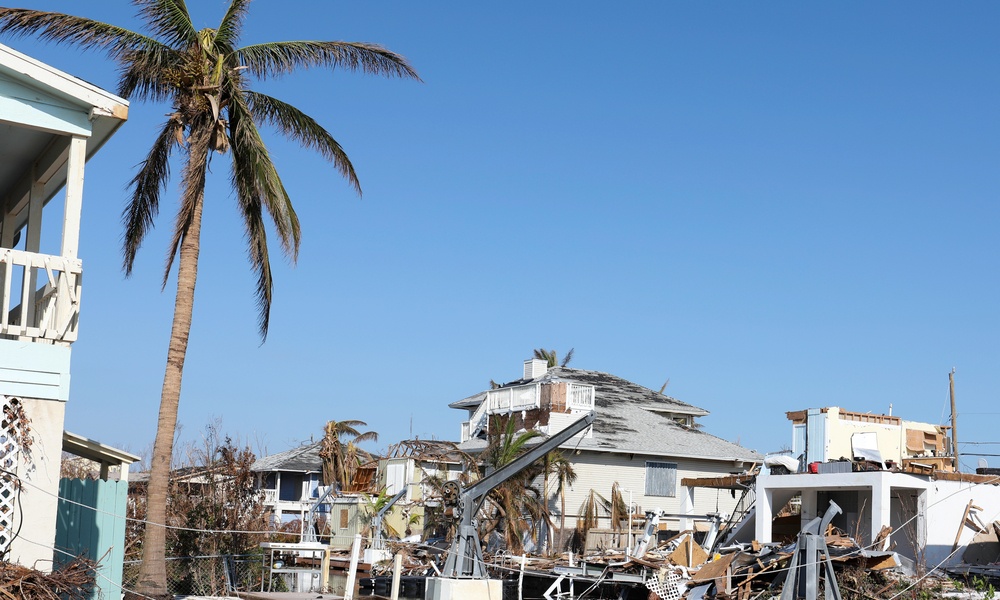
Tornado season system checklist:
Proactive steps emergency managers can take to protect their communities during tornadoes.
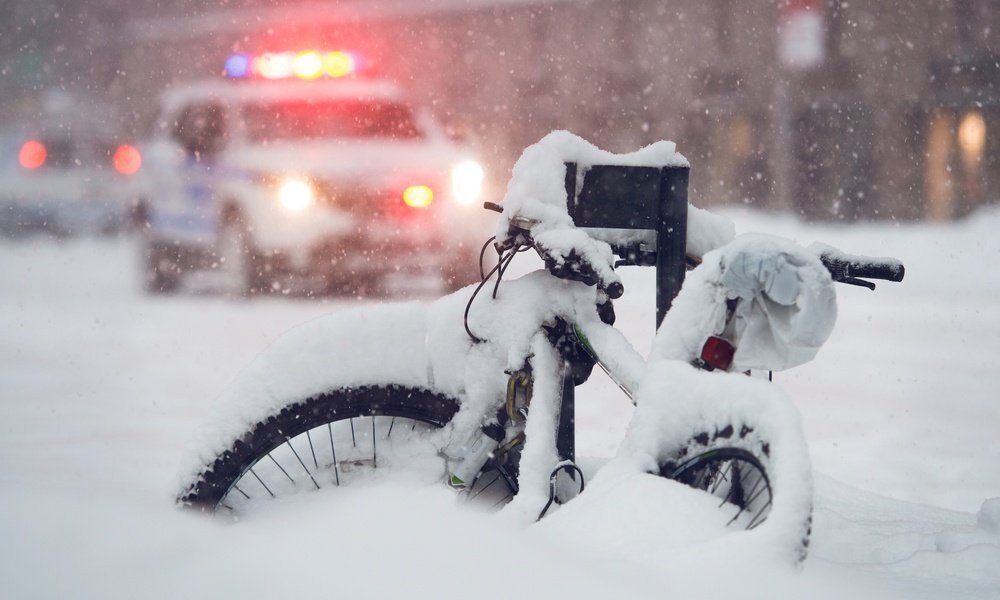
Winter storm system checklist for public safety:
How ready is your emergency notification system to effectively support communication during a winter storm?

Winter storm preparedness checklist for higher education:
Proactive steps institutions can take to strengthen resilience against winter storms.

Perspectives from the front lines:
Develop a wildfire plan with real-life insights from first responders.
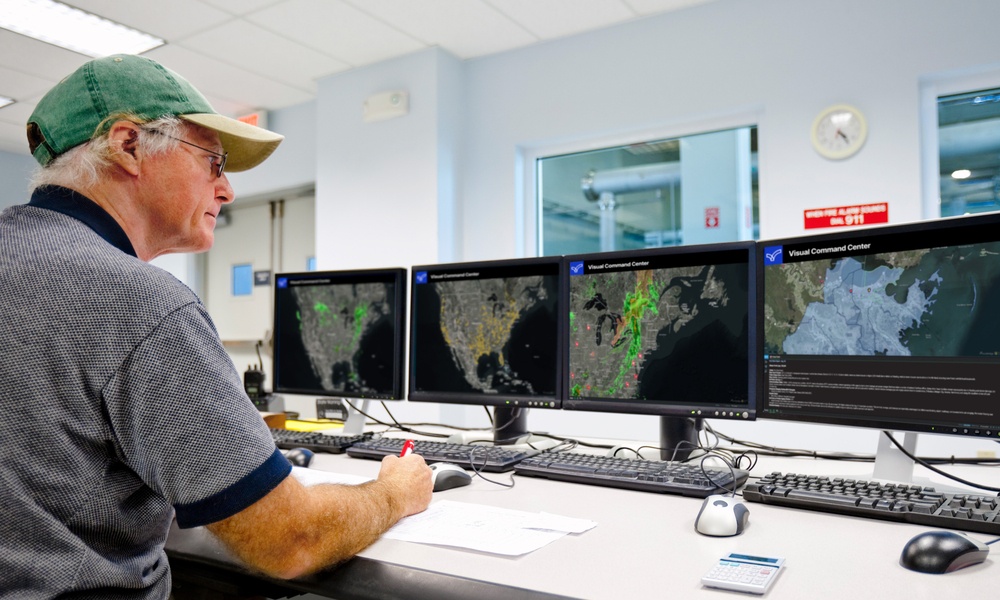
Inclement weather response demands attention:
Despite technological advances, proactive steps remain to strengthen resilience and keep people safe.
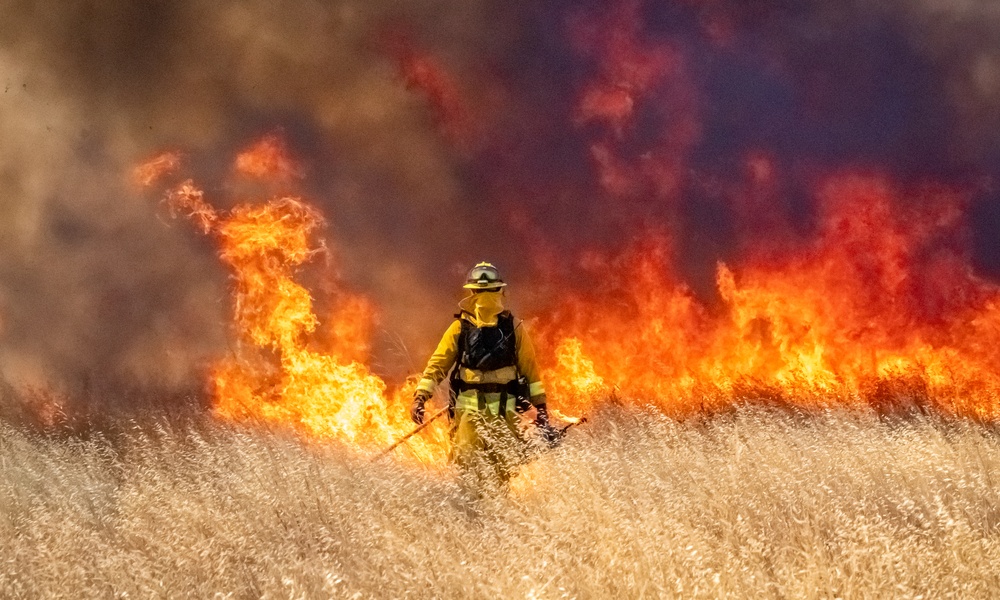
Critical event kit for public safety – wildfires
A critical event kit underscoring the complexities of wildfires and offering tangible strategies and solutions to fortify your response against this ever-growing threat.
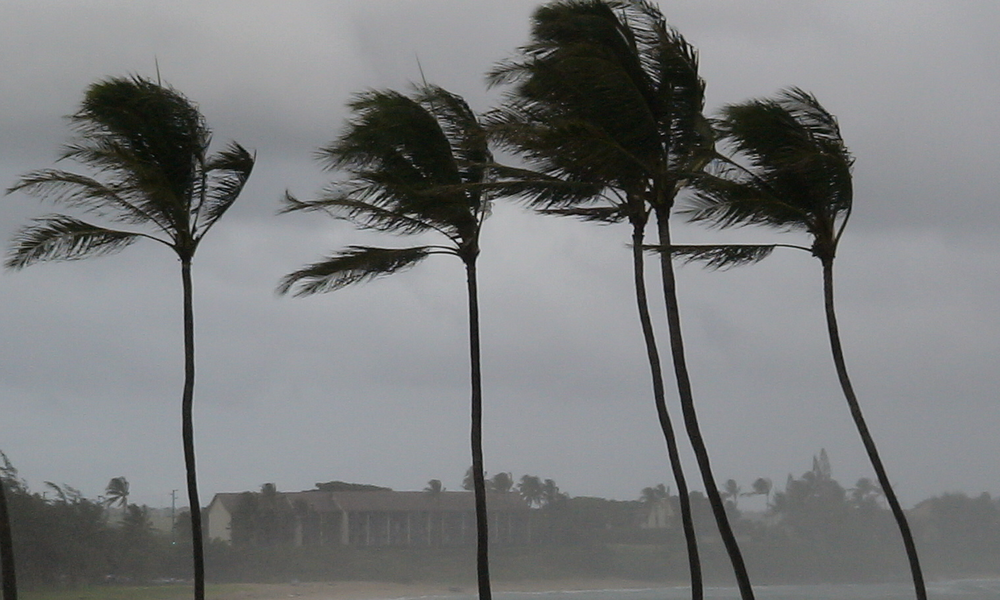
Critical event kit for public safety: Hurricanes
The Everbridge hurricane critical event kit for public safety empowers you with the essential knowledge and tools to fortify your community’s readiness and response strategies in the face of hurricanes.

Successfully notifying a large community with Everbridge and opt-in awareness
Lewisville authorities can rapidly alert targeted individuals via mobile app. They use customizable templates to increase effectiveness of mass notifications.
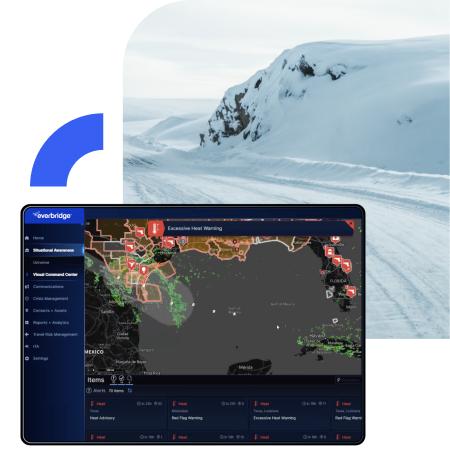
Inclement weather FAQs
Creating an inclement weather policy involves several steps such as assessing risks and needs, building a communication plan, outlining safety protocols, anticipating regular review, and more. Learn how to create your own policy here.
Employers have a legal obligation to ensure the safety of their employees during inclement weather by providing a safe work environment. This may include implementing an inclement weather policy, allowing for flexible hours, or closing the workplace if conditions are hazardous. All these steps necessitate clear communications with employees about any changes or expectations during severe weather events. Learn more about how to rapidly and effectively communicate with employees during inclement weather, here.
Using pre-defined templates, emergency managers can more easily email their employees during inclement. Using pre-defined templates, emergency managers can more easily email their employees during inclement weather scenarios. Mass notification and other inclement weather solutions can make this even easier. In one click, automatically alert all impacted individuals across multiple channels such as SMS, email, desktop alerts, and/or voice. Learn more.

